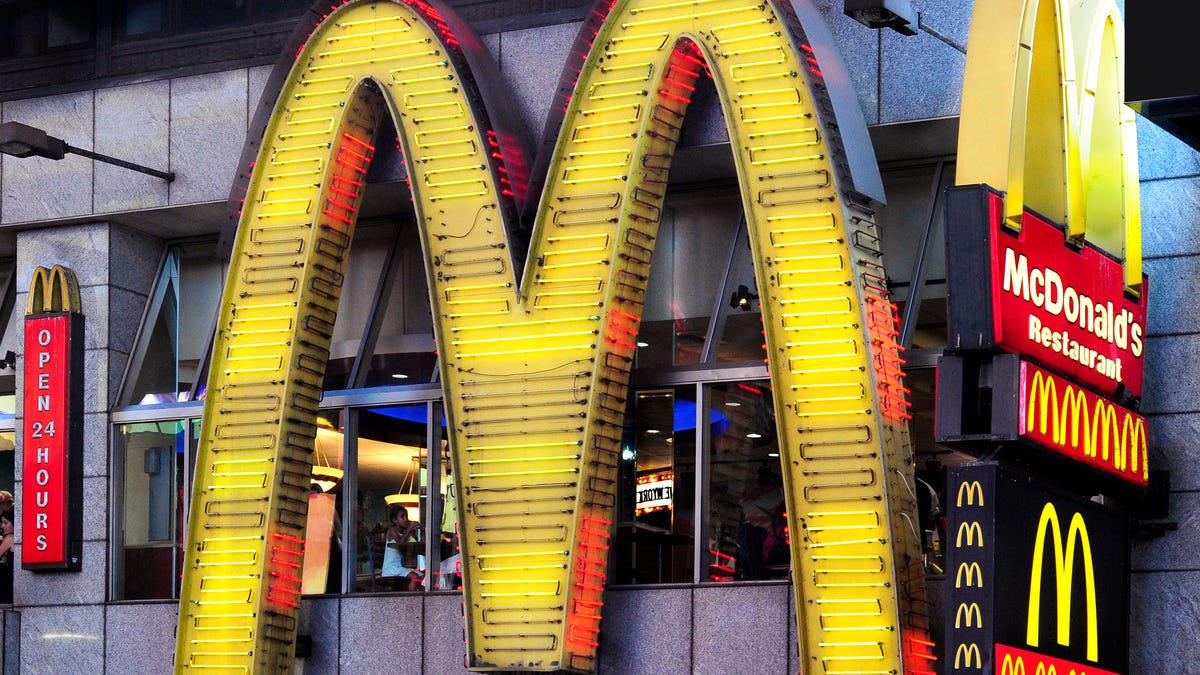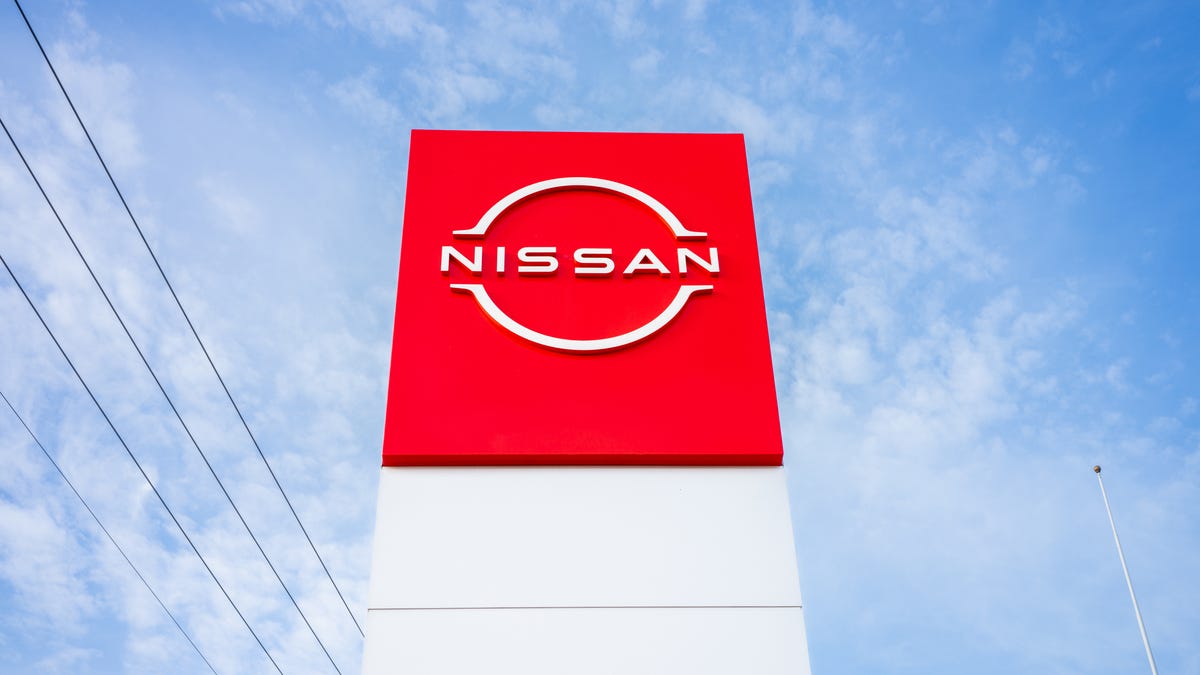The Impact of Inflation on the Food Industry
The current state of the economy is significantly influenced by the inflation that has affected various sectors, including Big Food. Though inflation rates have decreased from their peak in 2022, they remain elevated, presenting challenges for the Federal Reserve in managing interest rates effectively. While consumers display a level of optimism, concerns about inflation persist. Nevertheless, the overall economy continues to exhibit steady growth.
Challenges Faced by Big Food Companies
Despite the decline from peak levels, inflation anxiety still poses a threat to major fast food chains and other food companies. Executives in the industry have reported struggles in preventing inflation from impacting sales, leading to issues in pricing, foot traffic, and growth strategies. Recent quarterly earnings reports from prominent food companies shed light on the impact of higher menu prices, labor shortages, wage adjustments, and initiatives to leverage AI technology to address these challenges.
According to Jerry Sheldon, vice president of the market research firm IHL Group, consumers are adopting a cautious approach due to inflationary pressures, resulting in a trend of belt-tightening behavior. This shift reflects a sentiment of wariness and prompts consumers to reevaluate their spending habits.
Adaptations and Strategies in Response to Consumer Behavior
Recognizing the need to mitigate the effects of inflation on consumer behavior, various food companies are exploring different approaches. For instance, e-commerce giant Amazon has adjusted its food sales strategy to accommodate changing consumer preferences and spending patterns. CEO Andy Jassy highlighted the importance of providing deals and value to attract consumers who are more conscious of their spending.
Moreover, the food and hospitality sectors, encompassing casual dining establishments and grocery stores, are also navigating these challenges. Company executives emphasize the importance of offering lower prices, promoting sales through digital platforms, and optimizing operations with fewer employees to regain consumer trust and loyalty.
Fast food chains like Wendy’s and McDonald’s have experienced mixed outcomes in their responses to inflation. While Wendy’s faced backlash over pricing strategies, McDonald’s saw an increase in menu prices but encountered resistance from consumers, particularly those in lower-income brackets. On the other hand, Chipotle’s decision to raise prices yielded positive results, indicating a nuanced consumer response to pricing adjustments.
Similarly, Wingstop has observed changes in consumer preferences, with a shift towards digital engagement and the popularity of boneless wings. These insights highlight the evolving landscape of consumer behavior and its impact on the food industry.
Trends and Innovations Driving the Industry Forward
As food companies navigate the complex interplay of inflation, consumer behavior, and pricing strategies, technological advancements offer potential solutions. Companies like Chipotle and McDonald’s are exploring the integration of robotics and digital kiosks to streamline operations and reduce labor costs. Leveraging technology not only enhances efficiency but also improves customer experience and engagement, driving growth and profitability.
Furthermore, grocery stores have emerged as beneficiaries of shifting consumer preferences, with discount retailers like Kroger, Aldi, and Walmart witnessing increased foot traffic and sales. The intense competition among grocery retailers underscores the importance of adapting to evolving consumer needs and preferences in the current economic landscape.
Amidst these challenges and opportunities, food companies are navigating a complex environment shaped by inflation, changing consumer behaviors, and technological innovations. By leveraging digital strategies, adapting pricing models, and embracing technological advancements, industry players can position themselves for success in a dynamic and competitive market.
Image/Photo credit: source url





